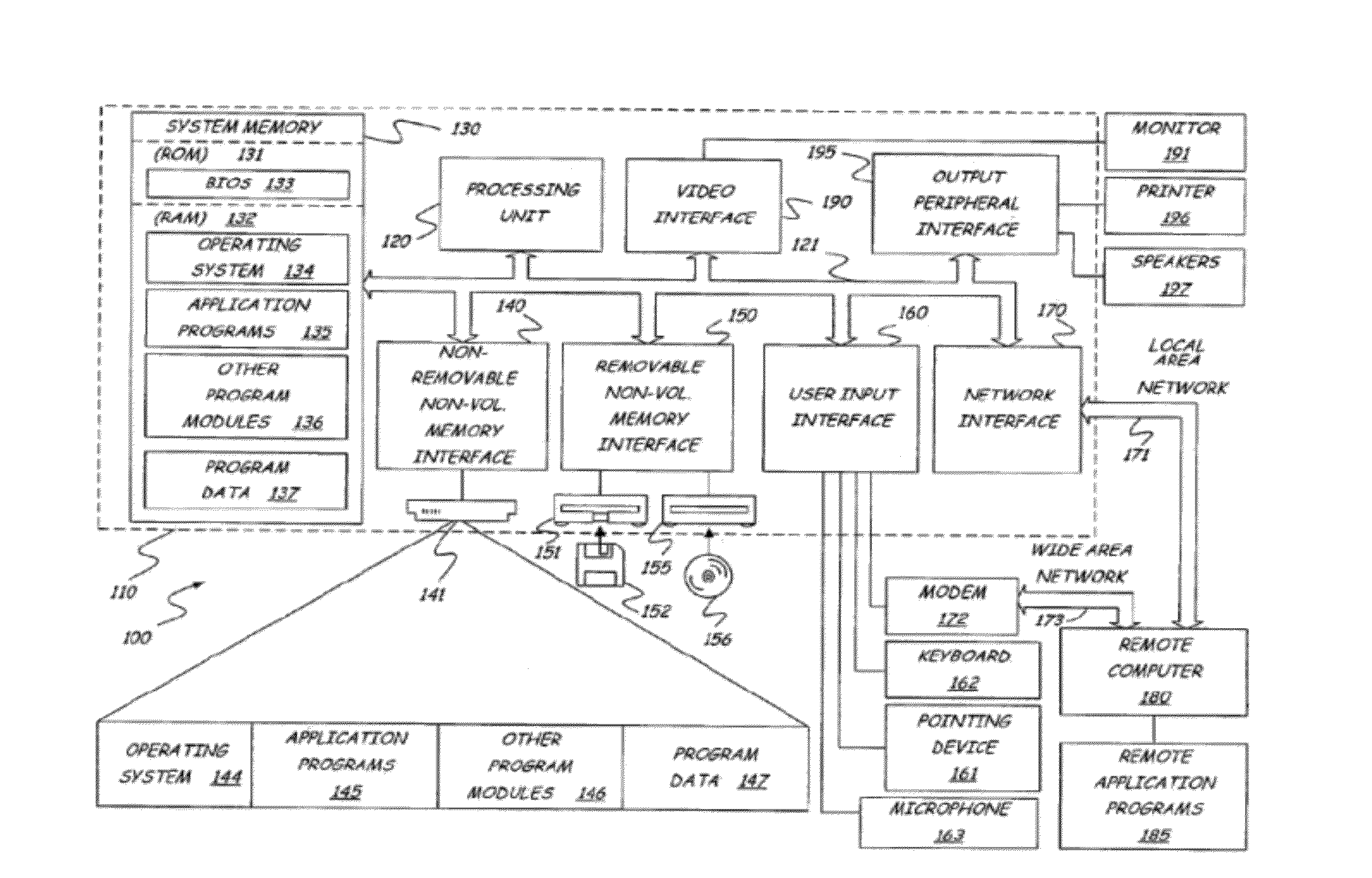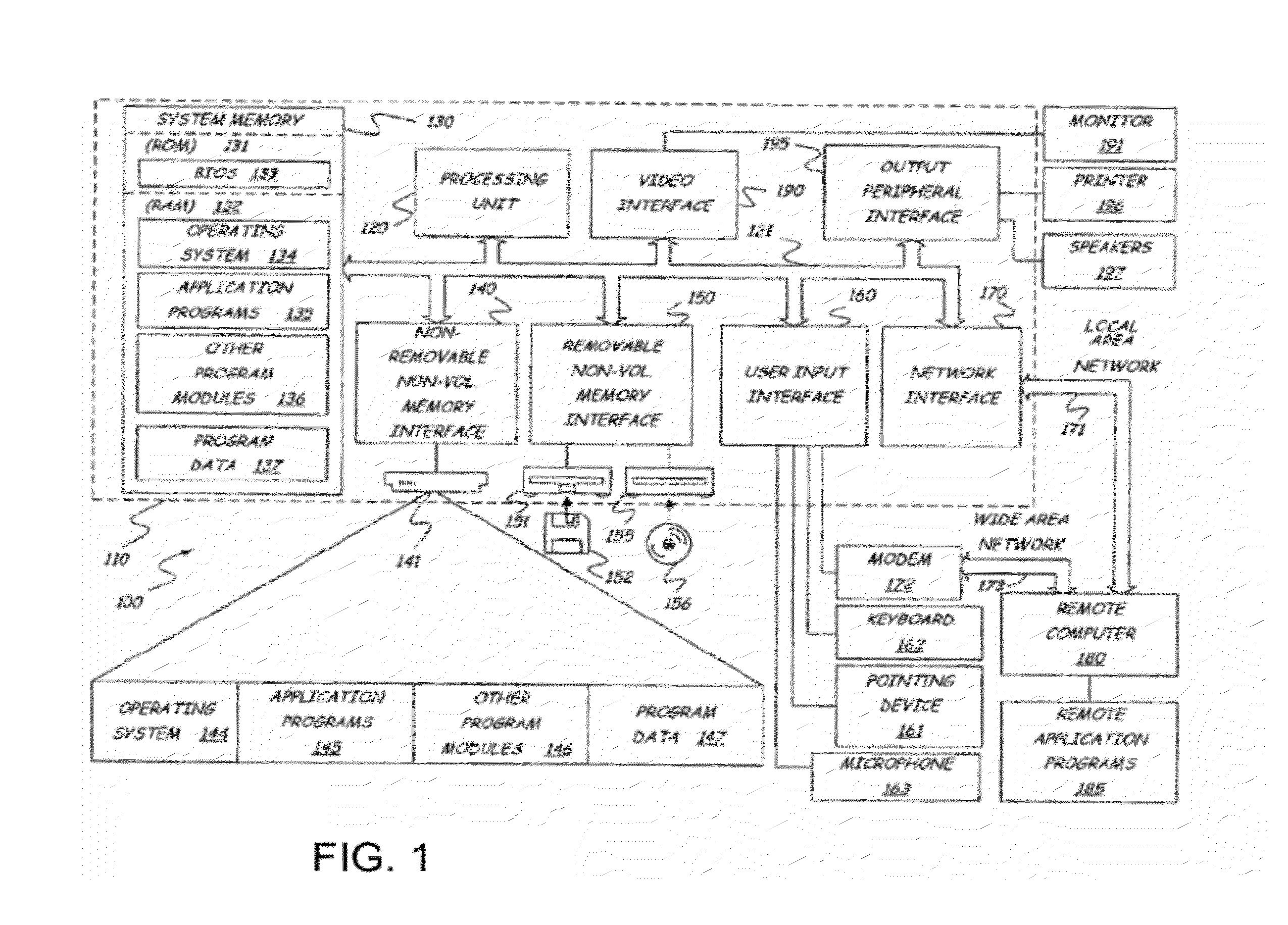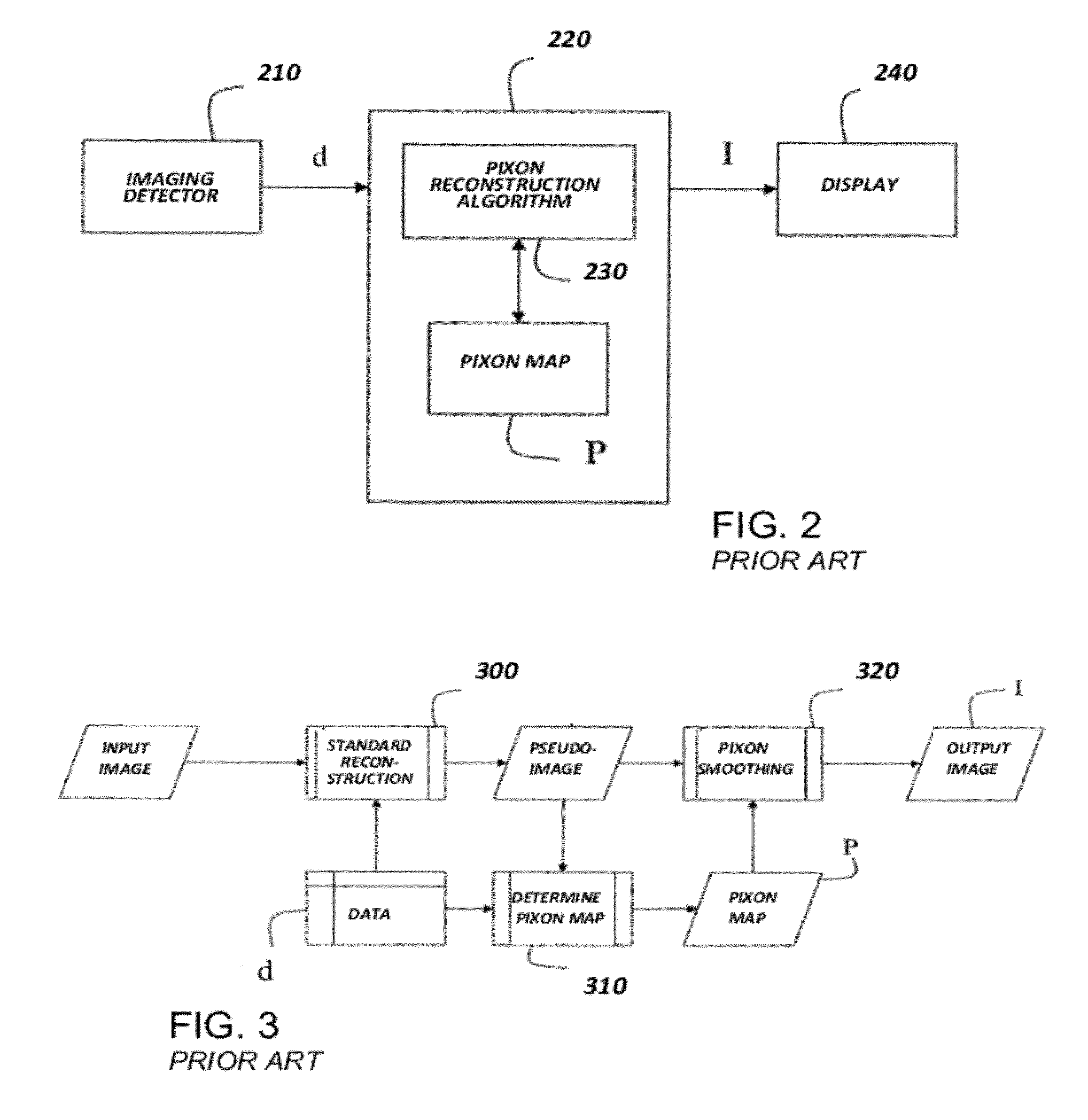Method to Determine A Pixon Map in Interactive Image Reconstruction and Spectral Analysis
a spectral analysis and interactive image technology, applied in image enhancement, image analysis, instruments, etc., can solve the problems of lack of clarity, poor contrast and blur, and negatively affecting image sharpness and detail
- Summary
- Abstract
- Description
- Claims
- Application Information
AI Technical Summary
Benefits of technology
Problems solved by technology
Method used
Image
Examples
example 1
[0082]Aperture synthesis is a type of interferometry that mixes signals from an array of telescopes to produce images having the same angular resolution as an instrument the size of the entire array. At each separation and orientation, the lobe-pattern of the interferometer produces an output which is one component of the Fourier transform of the spatial distribution of the brightness of the observed object. The image (or “map”) of the source is produced from these measurements. Aperture synthesis is possible only if both the amplitude and the phase of the incoming signal is measured by each telescope. For radio frequencies, this is possible by electronics, while for optical lights, the electromagnetic field cannot be measured directly and correlated in software, but must be propagated by sensitive optics and interfered optically.
[0083]In order to produce a high quality image, a large number of different separations between different telescopes are required (the pr...
example 2
[0087]Magnetic resonance imaging (MRI) is a medical imaging technique used in radiology to visualize detailed internal structures. MRI makes use of the property of nuclear magnetic resonance to image nuclei of atoms inside the body. An MRI machine uses a powerful magnetic field to align the magnetization of some atomic nuclei in the body, and radio frequency fields to systematically alter the alignment of this magnetization. This causes the nuclei to produce a rotating magnetic field detectable by the scanner—and this information is recorded to construct an image of the scanned area of the body. Magnetic field gradients cause nuclei at different locations to rotate at different speeds. By using gradients in different directions, 2D images or 3D volumes can be obtained in any arbitrary orientation. MRI is used to image every part of the body, and is particularly useful for tissues with many hydrogen nuclei and little density contrast, such as the brain, musc...
example 3
[0095]Computed tomography (CT) provides a diagnostic and measuring method for medicine and test engineering with the aid of which internal structures of a patient or test object can be examined without needing in the process to carry out surgical operations on the patient or to damage the test object. In this case, there are recorded from various angles a number of projections of the object to be examined from which it is possible to calculate a 3D description of the object.
[0096]Tomographic images are produced by converting observed projections (data) into an image. For example, in x-ray CT imaging, x-ray beams are directed at an object and the beams are attenuated by various amounts due to varying structures within the object. On the other side of the object, the attenuated beams are measured with detectors. Such projections are produced at many different angles around the object. Not only are these measurements noisy, the relative noise level depends upon the a...
PUM
 Login to View More
Login to View More Abstract
Description
Claims
Application Information
 Login to View More
Login to View More - R&D
- Intellectual Property
- Life Sciences
- Materials
- Tech Scout
- Unparalleled Data Quality
- Higher Quality Content
- 60% Fewer Hallucinations
Browse by: Latest US Patents, China's latest patents, Technical Efficacy Thesaurus, Application Domain, Technology Topic, Popular Technical Reports.
© 2025 PatSnap. All rights reserved.Legal|Privacy policy|Modern Slavery Act Transparency Statement|Sitemap|About US| Contact US: help@patsnap.com



